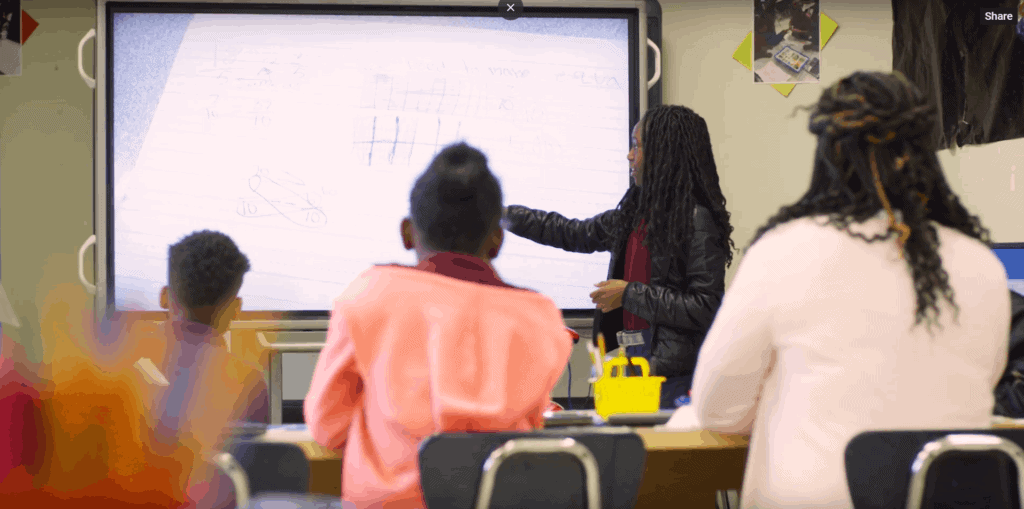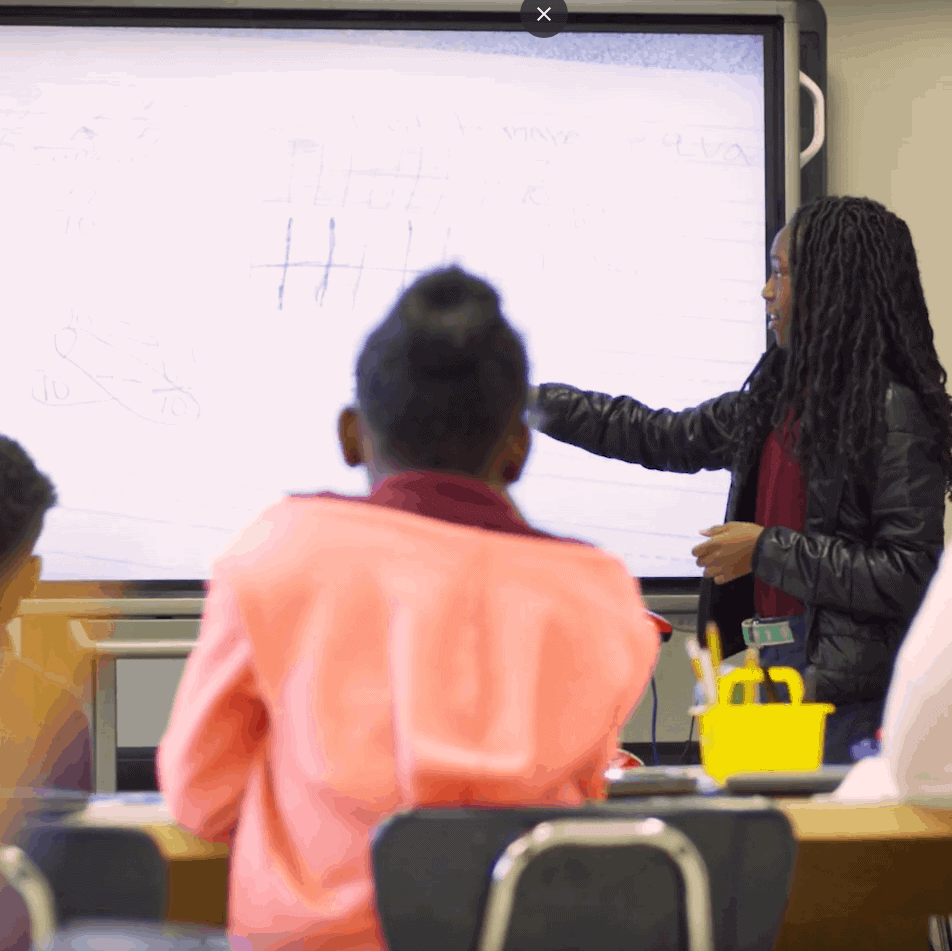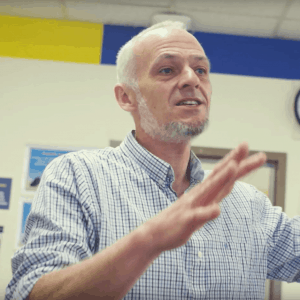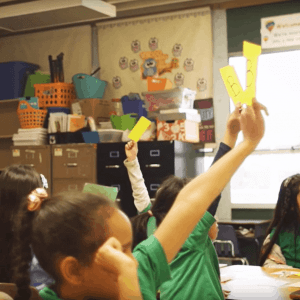
Getting students to think about thinking
01/17/2020

This is the fourth installment in a series of pieces from Leading Educators and the Learning Agency about opportunities to use strategies from the science of learning in diverse contexts to boost students’ learning. There are often barriers to bringing research back to the classroom where it can benefit students most. This series shares learnings from collaborating with real educators to make the science of learning work for them and the students they serve.
You can read the previous installment here.
learning science: METACOGNITION IS HOW WE PLAN, MONITOR, AND ASSESS WHAT WE KNOW
“I have a few [students] who lack confidence, and a lot of times they do comprehend what they’re doing,” shares Ms. Jessica Anderson of Capitol Elementary School in Baton Rouge, Louisiana.
It’s important for students to feel confident in their learning. However, when their confidence doesn’t match up with what they actually know, it can be more challenging for teachers to help them understand how to improve. When students can articulate how they’ll know what they need to know about a concept or type of problem, they will be better prepared to meet the goals they set for themselves. So researchers from the Learning Agency worked with Ms. Anderson and Ms. Brittany Bush to incorporate metacognition into their teaching.
“The more we can make a thinking process visible, the better we can understand how to make it more effective,” explains Dr. Regan Gurung. Metacognition is the process of thinking about our thinking. It happens in three ways:
- planning how we’re going to tackle a complex task,
- monitoring by prompting reflection on a strategy or approach while using it,
- and assessing confidence in a concept or strategy.
“I ask [students] about the overall concept that we’re working on that day and tell them, ‘Please tell me, what do you know? What do you want to know?” says Ms. Bush. During the learning process, students should start to ask themselves whether they’re using the right strategy or if their reasoning makes sense. Teachers can remind them with well-timed prompts and exit tickets.
Dr. Gurung shares, “There was a student who gave an answer, and Brittany just said, ‘Now think about that for a moment. Does that sound right?’ He just took three or four seconds, said a little bit aloud, and realized that wasn’t the right answer.”
Teachers’ own modeling of metacognition can be a powerful tool for developing habits in students. When they explain how they are grappling with complex questions and ideas, students can internalize that simply finding the right answer isn’t the goal. Instead, they have the capability to find solutions when they reflect on their thought process.






